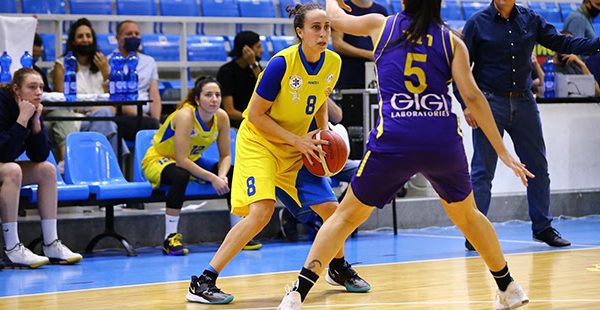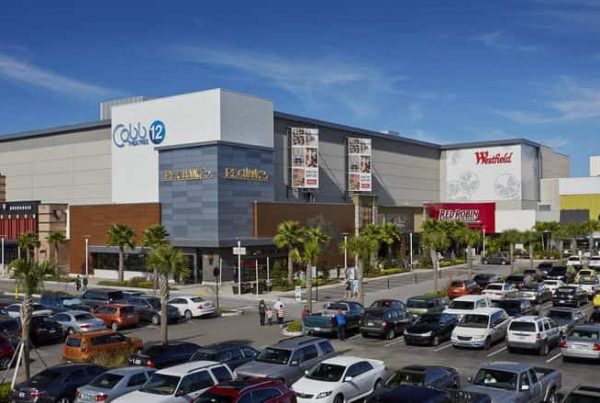National Real Estate Investor , Liz Wolf | Aug 30, 2018
Brookfield has already sold around $4 billion in stakes in some GGP malls to joint venture partners to help pay off some of the debt from the acquisition.
Brookfield Property Partners’ $15 billion takeover of GGP—one of the country’s biggest mall REITs—was completed on Aug. 28. The deal hoists Brookfield to become the second-largest U.S. mall owner behind Simon Property Group.
Toronto-based Brookfield took complete ownership of Chicago-based GGP, after previously owning a 34 percent stake in the company. There were no other bidders after GGP put itself up for sale in 2017. Brookfield has now taken the company private.
The move to acquire GGP at a time when physical retail is plagued with retail closings and bankruptcies shows Brookfield has confidence in brick-and-mortar retail. And the company isn’t wasting any time in overhauling GGP’s 125-property mall portfolio. It’s bringing in equity partners in many of the malls it acquired with different goals depending on how well each asset is performing, reports the Wall Street Journal.
“What sets GGP apart, to a certain extent, is that they have a really deep variety of assets,” says Rachel Elias Wein, president of WeinPlus, a St. Petersburg, Fla.-based strategy and management consulting firm. “You’ve got the top, top class-A assets like Ala Moana Center in Honolulu, and they also have assets that really have value opportunity. So, they get to decide now in a really long-term, focused manner how they’re going to create value within the portfolio in all different types of retail assets. I think it’s really an exciting opportunity.”
Wein adds that GGP will no longer have to operate under the “short-term nature of the public markets that really hinders your ability to make long-term bets.”
Brookfield plans to reposition the portfolio, adding new stores and concepts to GGP’s higher-performing malls and either reducing the footprint or reconfiguring its underperforming assets by adding office space, housing or hotels.
These are moves that many mall owners around the country are taking to try and remain relevant and draw in shoppers.
“This is certainly not unique to GGP’s portfolio,” says Edward Dittmer, a CMBS analyst at Morningstar. “A lot of the other mall owners are looking at similar things in terms of trying to bring in new tenants or bring in those new mixed-use elements. When I think of some of the tenants that a mall might want to attract, I look at two types: One is a tenant that will bring in a customer that normally would not want to come to the mall, and the second is a tenant that takes your existing customer that does come to the mall, but convinces them to spend more of their money at your property. Maybe you can add a restaurant or movie theater or some other type of an entertainment venue.”
The Chicago Tribune reports that Brookfield “sees opportunities in about 100 of GGP’s malls.” That could mean anything from backfilling a big-box store with an entertainment concept to razing a struggling mall and replacing it with housing.
Brookfield also recognizes the significant value of the land that these malls occupy, especially in urban markets, and the major repositioning or redevelopment opportunities inherence in those sites. Much of GGP’s portfolio is urban.
“With our substantial in-house capabilities and expertise across the property sectors, we feel we’ll be able to execute reconfigurations at GGP’s retail properties into alternate or mixed-use assets at a more rapid pace and at better financial returns than would have been possible on a stand-alone basis for GGP,” said Brian Kingston, CEO of Brookfield Property Partners, during Brookfield’s second-quarter 2018 earnings call.
Industry experts say Brookfield’s deep pockets and experience in completing redevelopments and turn-arounds should add value to GGP’s properties.
“Brookfield’s aggressive plans to invest in the GGP malls is necessary to stay ahead of the curve and remain relevant with the ever-changing trends in retail,” says Lauren Leach, director of real estate at Birmingham, Mich.-based consulting and advisory firm Conway MacKenzie. “The unfortunate truth is that many malls, especially enclosed regional malls, will fall by the wayside sooner or later for various reasons. In order to avoid that fate, GGP malls need a capital injection to play to changing consumer preferences. Adding mixed-use components is a smart way to add diversification, not just in product type, but also in income streams, which in many ways reduces risk.”
Bringing in joint venture partners
Brookfield’s redevelopment strategy involves bringing in new partners to help defer some of the risk and add capital or expertise.
Brookfield has already sold around $4 billion in stakes in some GGP malls to joint venture partners to help pay off some of the debt from the acquisition, confirmed a spokesperson for Brookfield Property Group, via email. It could sell $2 billion more over the next couple of years to help fund development on sites that it considers underutilized.
CBRE purchases stake in three GGP malls
CBRE Global Investors—one of the world’s biggest real estate asset management firms—has acquired a 49 percent stake in three GGP malls on behalf of institutional investor clients. The deal values the assets at $1 billion, reports the Wall Street Journal.
CBRE entered into a joint venture with Brookfield to buy stakes in the Cumberland Mall near Atlanta, The Parks Mall in Arlington, Texas, and Ridgedale Center in Minnetonka, Minn.
The deal shows that institutional investors are still attracted to retail assets—if they meet certain criteria.
“We believe that class-A super-regional malls remain one of the most attractive investments available today,” said David Morrison, CIO, Americas, CBRE Global Investors, in a statement. “These assets have a historic track record of material outperformance, dominating their retail catchment within their submarkets, and we expect that assets of this quality and scale should maintain that advantage going forward.”
Morrison told NREI via email, “The GGP opportunity will be the first time that CBRE Global Investors has ventured with Brookfield, but both organizations had the same vision and long-term value proposition for the portfolio that makes this the right fit… We are excited for this opportunity and look forward to working with our new venture partners. This transaction further solidifies a strong relationship, and we think the two organizations will continue to look for opportunities to work together.”
Echoes of the Rouse strategy
The GGP transformation will be similar to what Brookfield did when it acquired Rouse Properties in 2016. Brookfield has repurposed land that some of Rouse’s malls were located on for housing, office space and other commercial uses.
In the GGP takeover, however, Brookfield created a new REIT—Brookfield Property REIT—to manage the portfolio. It will be listed on Nasdaq and be managed by Brookfield Asset Management, the parent company of Brookfield Property Partners.
Some have criticized Brookfield’s deal to take over GGP, saying it underpaid for the company. However, others say there were few alternatives for GGP.
“Certainly, with GGP there was a take under. The sale did not maximize value for investors,” says Alexander Goldfarb, a managing director at Sandler O’Neill + Partners LP.
Brookfield’s 34 percent stake in the REIT likely discouraged other bidders. Outside bidders simply couldn’t compete, according to Goldfarb. That 34 percent stake meant Brookfield only had to pay 65 cents on the dollar to match other offers.
“As far as valuations go, I think everyone realizes that this is not a good mark for malls,” Goldfarb says. “When I say not a good mark, I don’t mean it’s a negative mark for malls. I mean it’s just an irrelevant mark for malls. There was no one else who was going to buy GGP. No one else who was going to jump in.”








